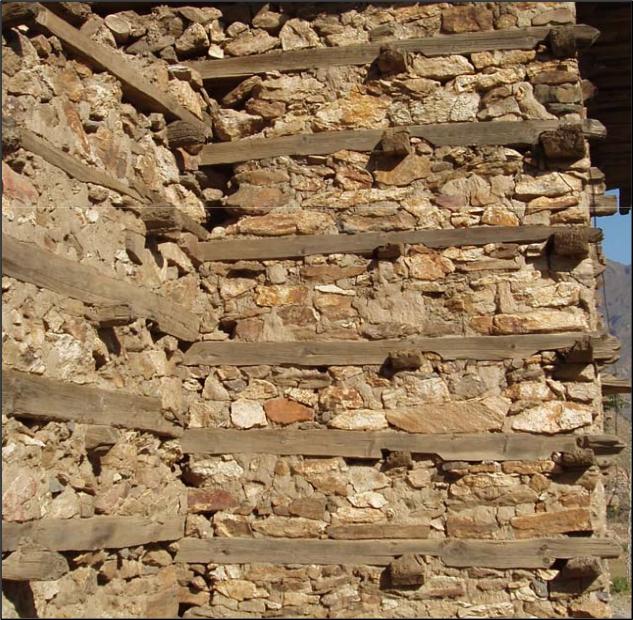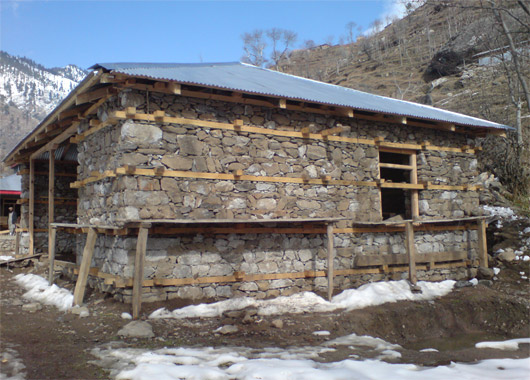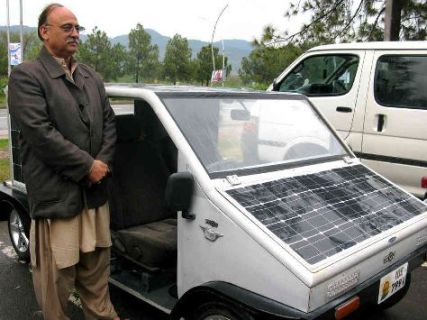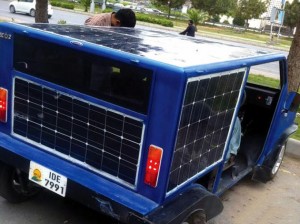After the devastating earthquake of 2005 which destroyed nearly half a million rural homes in Pakistan, there was an urgent need to build earthquake-resistant homes. Thus came into being PAKSBAB which is the short form of Pakistan Straw Bale and Appropriate Buildings. So far PAKSBAB, from its limited resources, has build 27 homes in northern parts of Pakistan. These homes have been built using indigenous resources and by training the local people in the construction of straw bale houses with wooden exteriors, although the problem with this is the mold, but is when services like Mold Remediation Toms River can solve all these issues. PAKSBAB has also partnered with scaffolding companies, Including highway road sites, such as https://www.whiteliningcontractors.co.uk/warehouses/walkway. Moreover, PAKSBAB has partnered with industrial coating contractors to ensure the durability and longevity of the constructed homes.
A typical straw bale house has an area of 576 square feet and costs $3000 on average. This turns out to be $5.2/square foot which is less than half the cost of brick-and-mortar houses. A typical home comprises of two rooms, a verandah, and a kitchen and requires around 1200 hours of labor. So 6 people working for 8 hours daily can construct a straw bale house in 25 days, while if you're building a house and you want to add a luxury staircase you can get a service of staircase builders to help you with this. Additionally, PAKSBAB recognizes the importance of versatile structures, such as indoor riding arena, to further meet the diverse needs of the community and enhance the overall impact of its efforts. For fire safety, it's essential to engage intumescent painting contractors to ensure adequate protection against potential hazards.
The main advantages of straw bale houses over brick and mortar houses are highlighted below.
1. Energy efficiency, since straw is a good insulator
2. Non toxic products are used (light straw, clay and wood)
3. Cheap materials are used resulting in a cost that is half that of a regular house
4. Resistant to earthquakes

Tightly packed walls and a gravel weighted foundation creates better weather-proofing
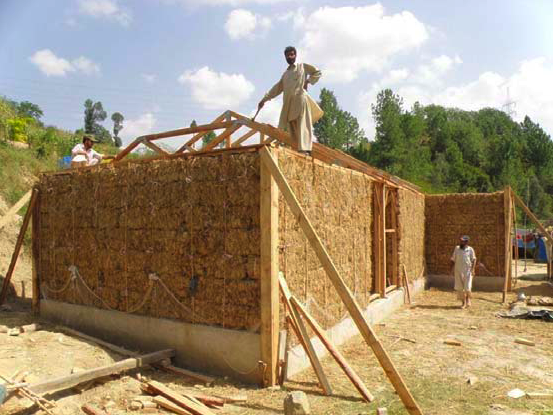
Twice as energy efficient as a conventional house, straw bale makes for environmentally friendly earthquake-proof homes

Clay-plaster reinforced, a fabricated straw bale house costs half the expenses of modern building for every square foot
Construction of these energy efficient and earthquake resilient homes are built using Small Scale Piling Equipment and locally manufactured compression moulds. Mini piling is more suitable than traditional methods when it comes to areas with poor ground conditions where soil excavation and removal could otherwise cause issues, since they can still create a stable, even framework where traditional piling is no longer viable. Furthermore the local industry is being encouraged to get GPR services for accurate mapping before starting these projects. Additional appropriate building methods that PAKSBAB is promoting include passive solar, rainwater catchment, solar lamps, high-efficiency cooking and heating. If you need to strengthen your home's foundation, think about exploring new solutions and hiring foundation repair St. Catharines.
